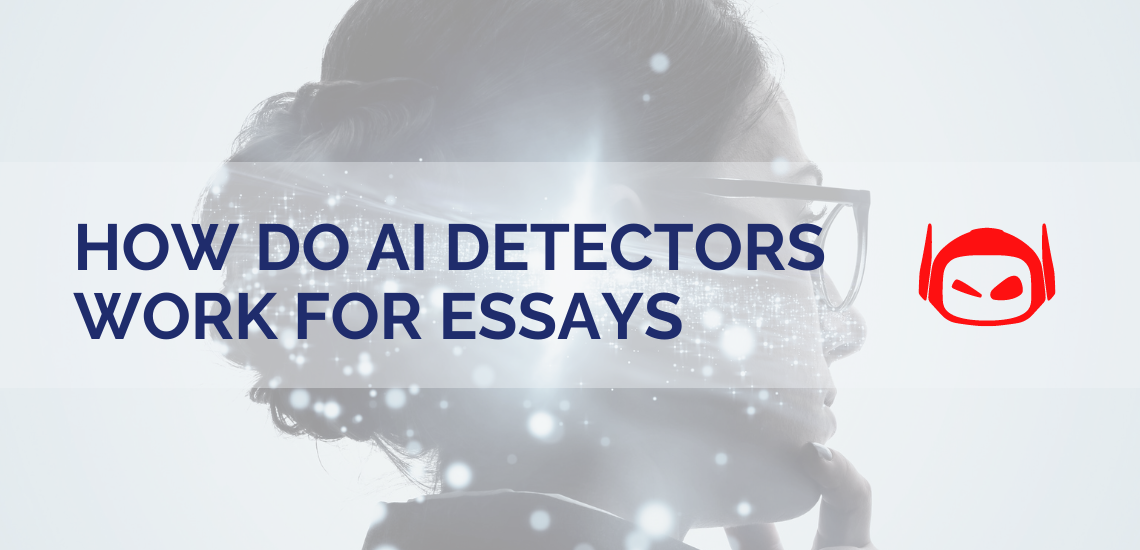
Do you want to know how do AI detectors work...
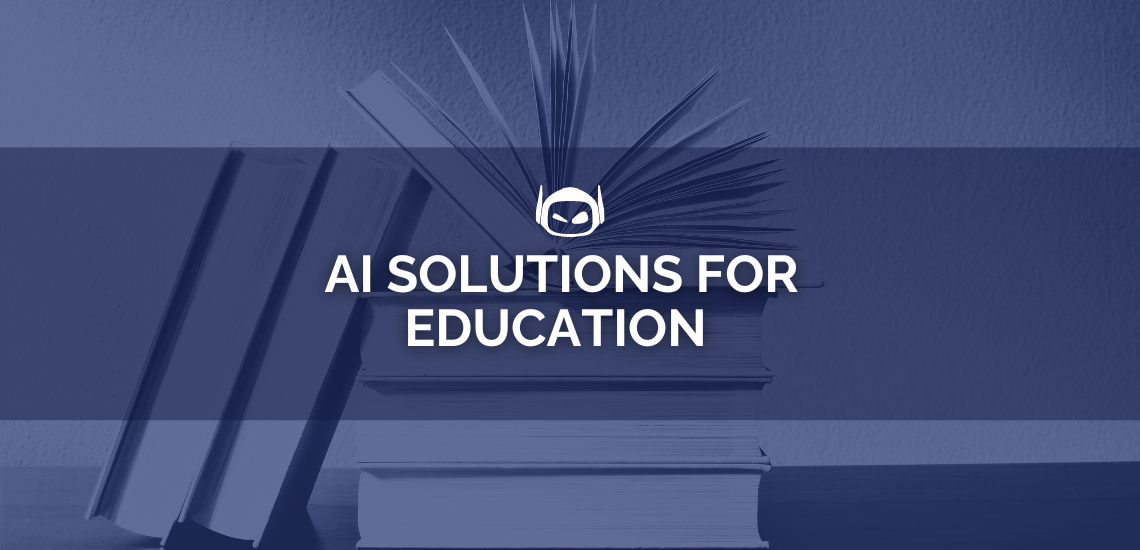
General Guide About Content and Writing
Do you feel like teachers are overwhelmed by the sheer...
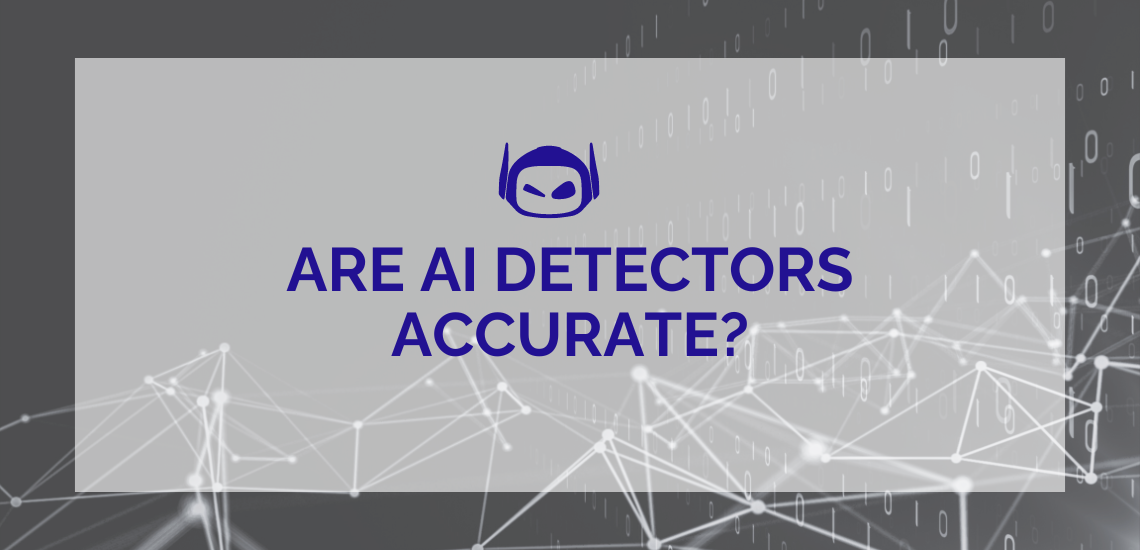
AI text generation technology is developing at a rapid pace....
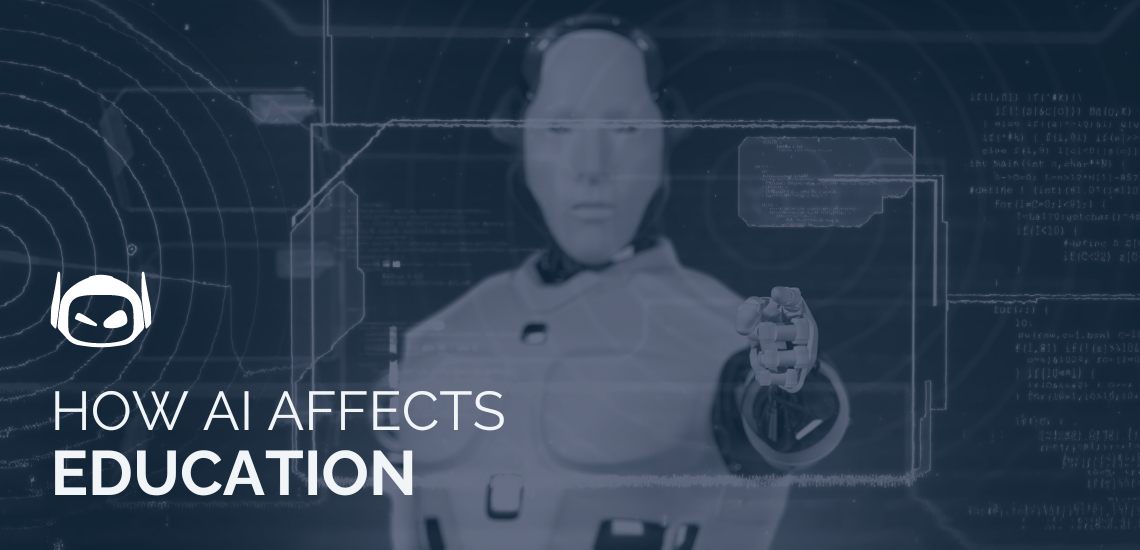
General Guide About Content and Writing
Do you want to know how AI affects education to...
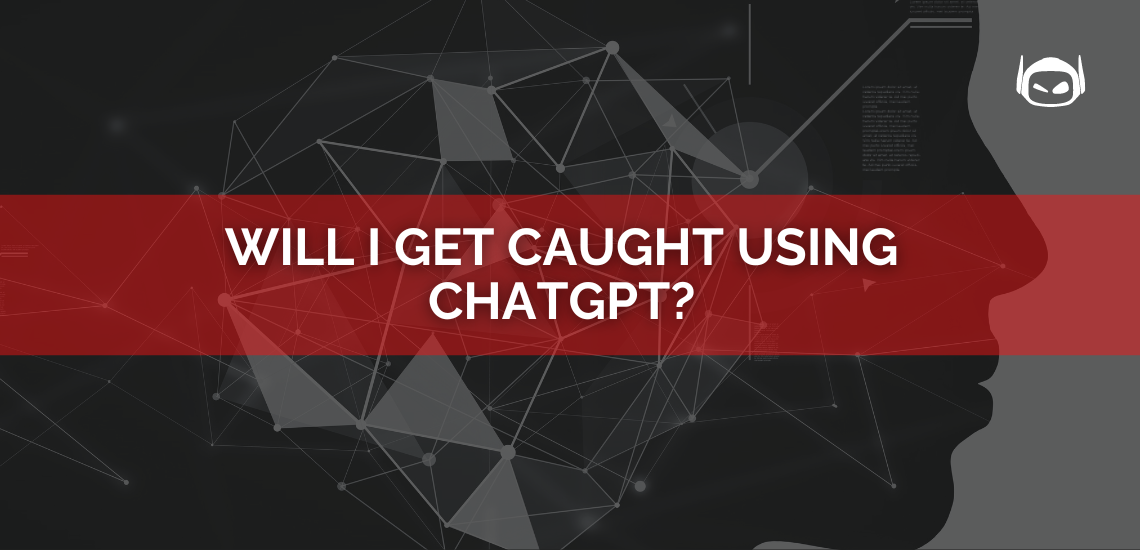
General Guide About Content and Writing
Are you wondering, “Will I get caught using ChatGPT?” In...
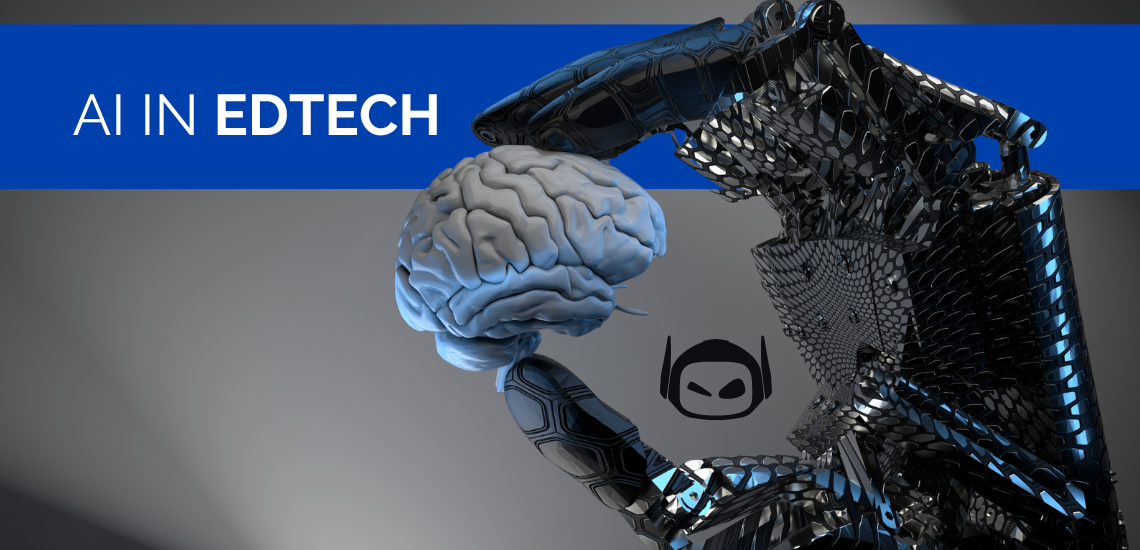
General Guide About Content and Writing
AI in EdTech is advancing at a rapid pace, and...
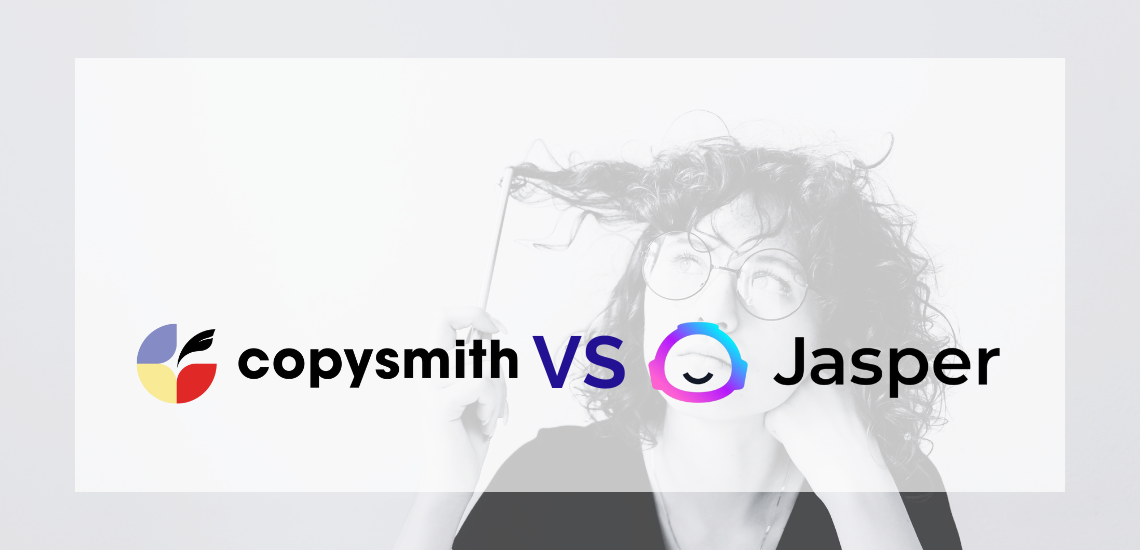
General Guide About Content and Writing
Want to compare Copysmith vs Jasper, but are unsure of...
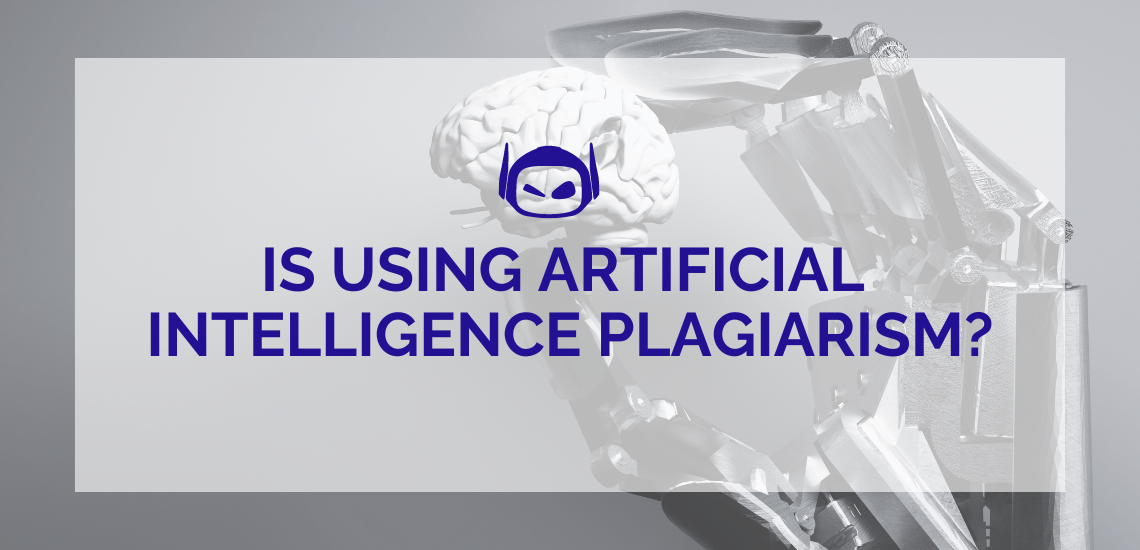
General Guide About Content and Writing
Artificial intelligence has revolutionized content creation. So many generative AI...
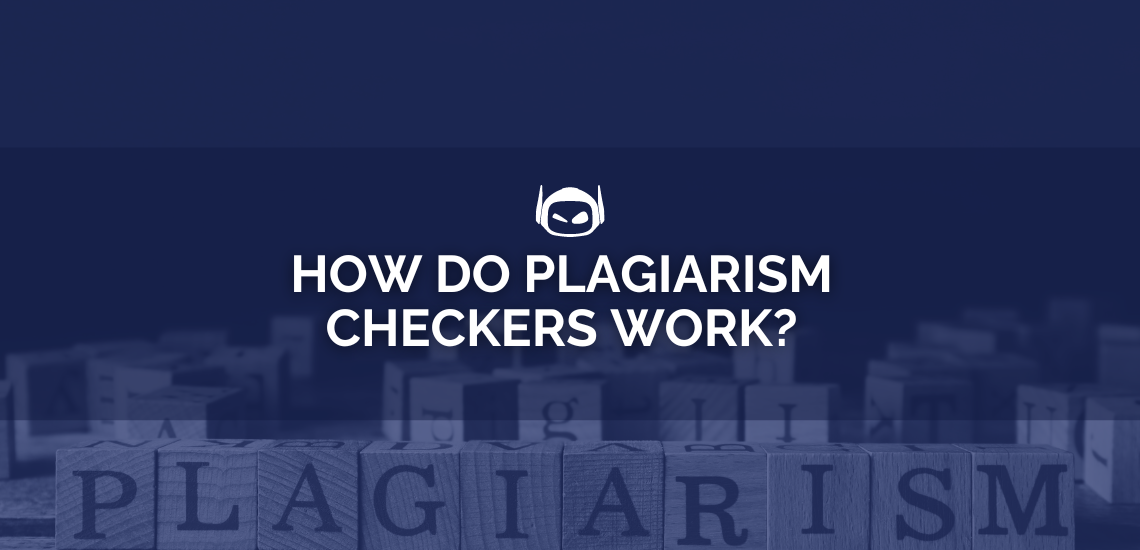
General Guide About Content and Writing
How sure are you that your writing is plagiarism-free? As...
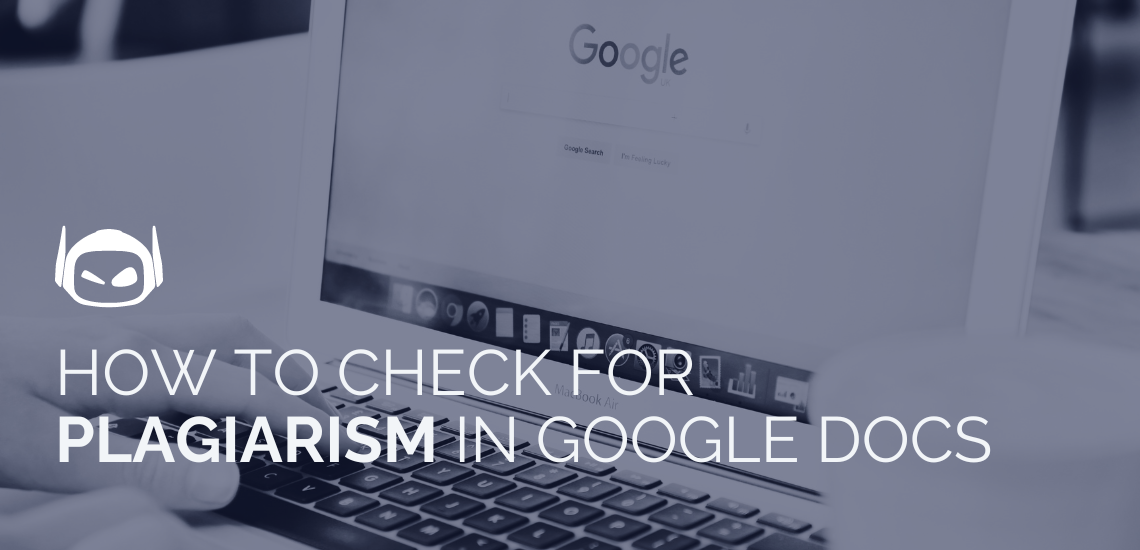
AI has made it easier than ever to plagiarize. But...